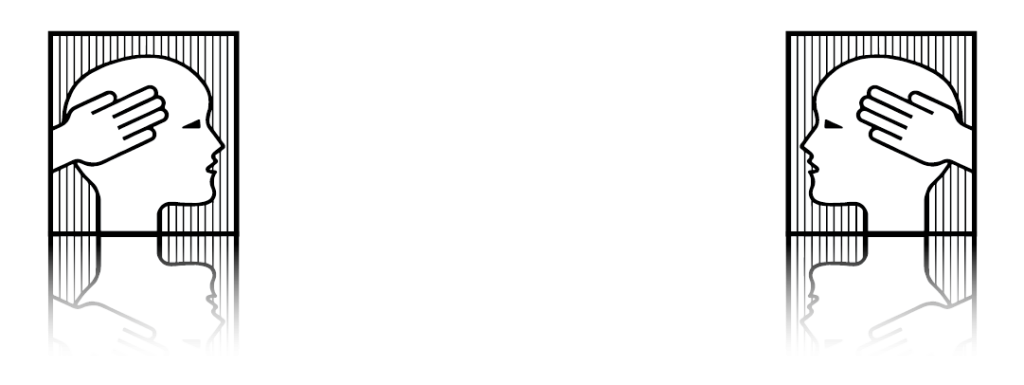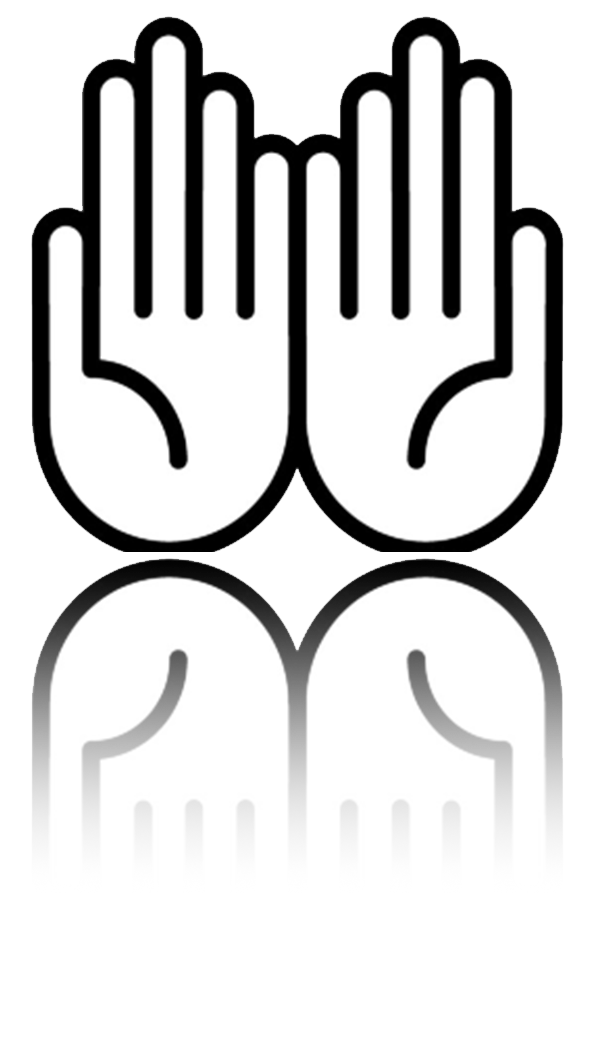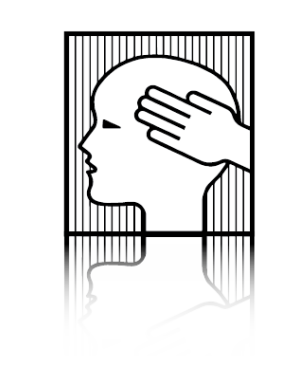Tasha Turzo and Santa Cruz
July 2024


This first July visit was a motor trip from Phoenix to Santa Cruz accompanied with a friend, both a moral support and a driving partner. I was most hesitant to fly, being concerned about air pressure and the effect it could have on my symptoms which involve the jaw joint and eustachian tube. I wanted to present with ‘normal’ issues, not with a possible ‘air pressure’ upset to confound an already difficult case. The 12-hour drive was divided into two-days – four days of driving in addition to doctor and exploration time in Santa Cruz. I could never have done this alone – physically or emotionally.
I am indebted to this lovely friend who took time to be there with me and for me.
We both were rather concerned driving out of Palm Springs to Barstow, California on a ‘back road’ with no gas stations, having forgotten to fill up the tank
in Palm Springs!

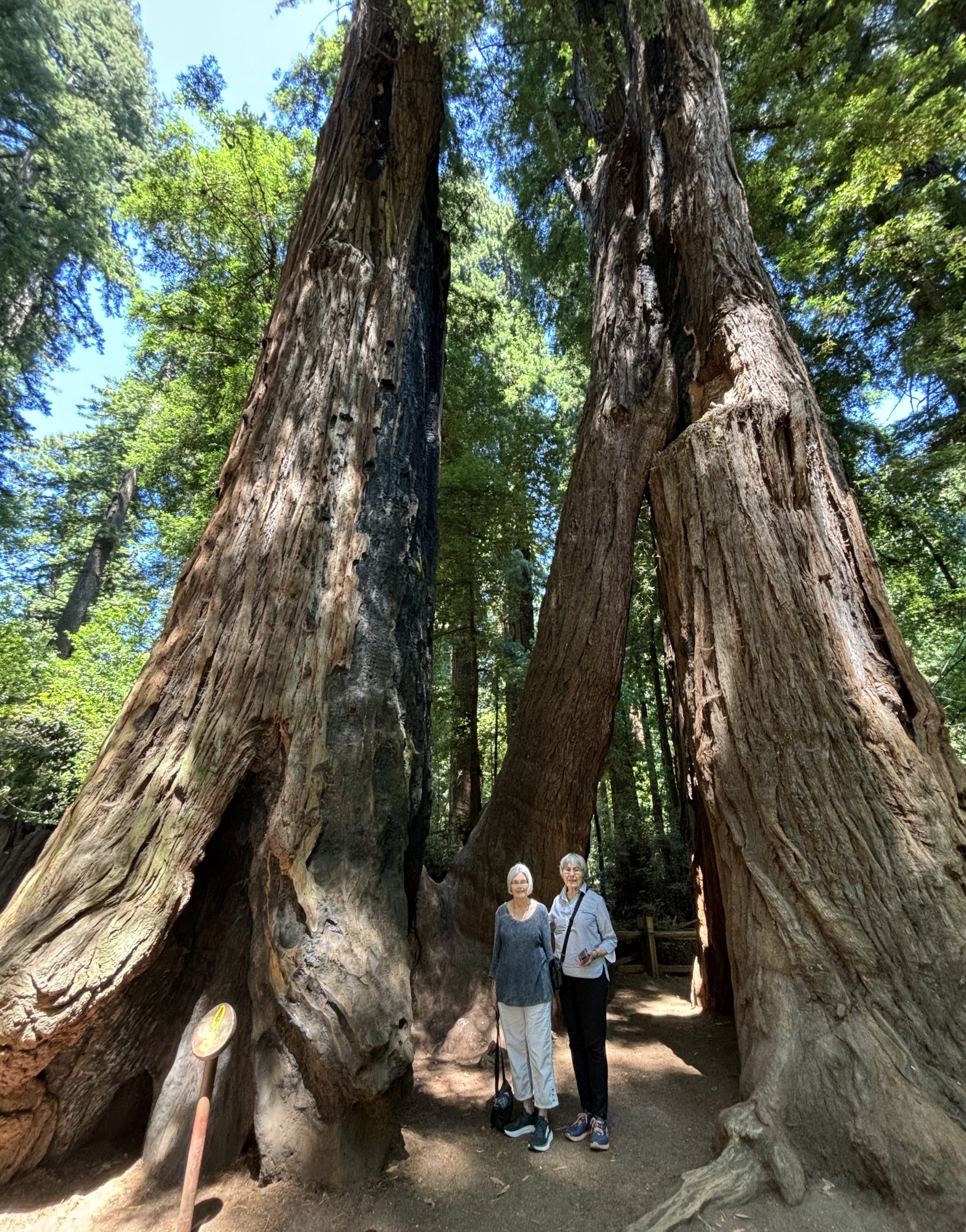

We arrived with 24 miles to spare in 118 degree heat. That initial California adventure on our first day of travel prompted both of us to become very aware of the gas tank!
Another set of hands palpating my body, evaluating and treating. Having initially scheduled one treatment, this “initial visit” was extended to include two more treatments and staying an extra day. This was most advantageous for the doctor to be able to better see how I responded to treatment as well as getting to know my case of 40+ years. Luckily, we had ‘zoomed’ in May before this initial in-person visit, a very productive initial way to ‘meet and greet’… one of the few positives of COVID and the reorganization of ‘meeting and greeting’ in every area of our lives.
Her oral palpatory skills were amazing. I left her office relieved and confident in her expertise and ability after these initial visits. In addition to hands-on treatment, this osteopath uses a 1064 hot laser. At times, it seemed like she had three hands! And she certainly could zero in on the pain areas without any input from me. Time will tell – wait and see is my game plan.
Per her recommendation, I had purchased a cold ScalarWave Laser with violet, infrared and red probes. She and her dental cohorts have used lasers for 20 years with amazing success in treating infections as well as bone, tendon, and ligamentous issues. I continue to be amazed how strongly I can ‘feel’ a pulsating light that is neither hot nor cold, creating a ‘shimmering’ in my face and throat in the area that creates an icepick splinter-sharp sensation one day and voluminous fluid the next. The light changes the intensity as well as the sensation of sharpness. Will this help heal the area? Tendons, ligaments, bones and muscles all have responded positively to light.
The Origin of a Medical Mystery
An adverse reaction to a 1996 orthodontic trauma in which pivots were bonded to teeth to manipulate the jaw joint. These maneuvers resulted in a palatal collapse on the left side with a bone (hamular process) shifting down into the roof of the mouth.
This unexpected reaction within 30 minutes of the procedure created a ‘medical mystery’
that continues into the present.
Subsequent discovery of hypercoagulation genetic variations which result in impaired microcirculation was confirmed
by an oral surgeon specializing in ONJ
(osteonecrosis of the jaw).
In addition, the intubation injury from the 1971 sinus surgery which caused severe bruising in this area was confirmed.
Twenty five years later, impaired microcirculation to the bone had resulted in bone death (necrosis) – hence the unexpected reaction to the orthodontist’s repositioning
of the jaw joint.
Surgical removal of the hamular process confirmed the necrosis of the palate
but failed to resolve resulting symptoms.
We are revisiting several issues that have appeared over the years.
1- Temporomandibular Joint Dysfunction has been ruled out;
2- A Sphenopalatine Ganglion block will investigated in Phoenix.
- Sphenopalatine ganglion Irritation – there are new tools for blocking this nerve with anesthetic – and patients are able to do this as well if the protocol helps. Sphenopalatine Catheters are being used for a wide variety of conditions. My osteopath was most interested in having this done as a diagnostic.
- Temporomandibular Jaw Joint Dysfunction. An MRI of the TMJ revealed some flattening of the condyle in the joint on the left side, but not enough dysfunction to warrant the symptom complex that was provoked by the orthodontic procedure in 1996. Thank goodness my local oral surgeon and my orofacial osteopath were in agreement on this issue 100%. The oral surgeon cannot accept the perspective that the jaw joint functionality affects temporal bone motion. The temporal bone is not capable of movement in his world. Therein lies the boundary line between the world of pathology in traditional medicine and the world of function in the osteopathic perspective – a line that I have traversed back and forth since the early 1980’s.
SUPPOSITIONS and WONDERINGS
Sphenopalatine (Pterygopalatine) Ganglion Irritation
The sphenopalatine ganglion is a group of nerve cells
linked to the trigeminal nerve.
It is the largest of the peripheral parasympathetic ganglia of the head and neck, located behind the nose.
My ENT subsequently performed a Sphenopalatine Block with anesthetic through the sinus cavity. This block,
done before my September Santa Cruz return,
lasted for 30 minutes. The procedure exacerbated my symptoms after-the-fact.
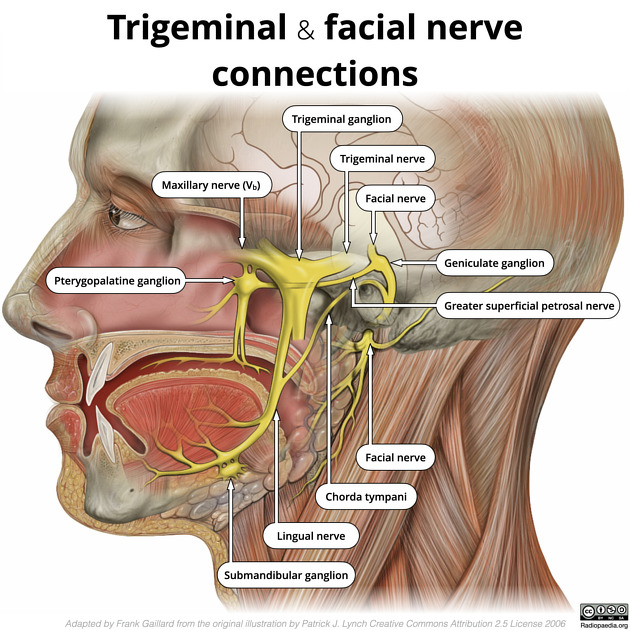
Two other issues remain and my local ENT will be once again revisiting these issues with me. He has been my doctor since 1997 – one year after the orthodontic trauma – and even though he practices medicine ‘in the box’ , he can open his box and peek outside. He has an incredible listening ear without judgment. He was head of the Skull Base Team at Barrows Neurological Center when I decided to investigate the Neurography Institute in Santa Monica California in 2011.
- Sinus perforation in the left retromolar area of the maxillary sinus (wisdom tooth area) as shown on a 2004 CT scan and later confirmed with a CBCT scan. At the time, the CBCT scan was a new form of low-dose CT radiation. I flew to northern California to have this scan – the closest location in the country at the time that had this new dental scanning equipment. The dental radiologist – the Beam Reader – confirmed the sinus perforation/hole/fistulae on this scan as well. Today the Cone Beam CT scan is widely used in dental offices.
- Glossopharyngeal nerve irritation – Cranial Nerve #9 – the swallow nerve. The Neurography Institute in Santa Monica confirmed an impingement on this nerve in 2011. The doctor, a neurosurgeon and a neuroradiologist, writes his own MRI scanning protocols that are proprietary – no other neuroradiologist or facility has the privilege of using them. His expertise and experience is well-documented. Barrows Skull Base Team of neuroradiologists could not confirm the findings. Treatment would be an anesthetic injection of this ‘swallow’ nerve – first as a diagnostic and then hopefully to block pain with future injections. All for $5000 per injection. I recently revisited with this institute;. The front office was most helpful – my old scans were still available. And, it doesn’t make any difference in the scanning equipment It is impossible to compare a local MRI with their scanning because of the ‘proprietary protocols’ used, i.e. the scan must be done there to compare apples with apples. Again, after much discussion, this did not happen in 2024.
